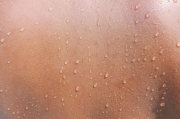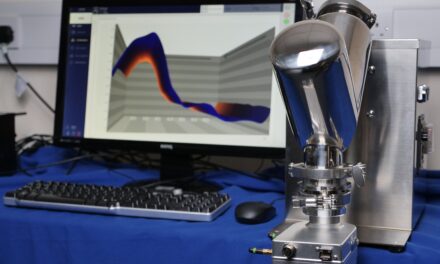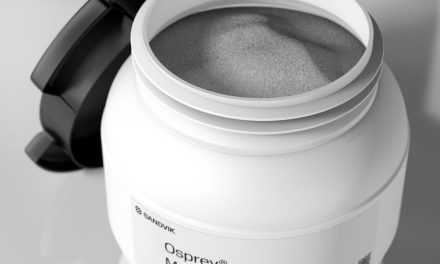Travelling up to 360 kilometres an hour, the Shinkansen is among the world’s fastest trains. However, its rapid speeds caused a problem. When travelling through tunnels, compressed air would create a loud, disruptive boom. The solution? Biomimetics. Redesigning the train to resemble a Kingfisher, a bird evolved to plunge into water at speed, the train became faster, quieter and more powerful than before. Here, Michaël van der Jagt, CEO of antimicrobial additive developer, Parx Materials, explains potential applications for biomimicry in antimicrobial applications.
Biomimicry, literally meaning imitation of the living, takes inspiration from natural selection and translates this into science, engineering and ultimately, product design. The concept is based on the idea that, throughout history, nature fixes most of its problems itself. In fact, you could argue that animals, plants and microorganisms — including the kingfisher — are the world’s most experienced engineers.
Despite the clear argument for biomimetics, many of today’s products are working in stark contrast to how nature intended. Plastics, and the antimicrobial additives increasingly used in plastics, are a prime example of this.
Most of today’s antimicrobial plastics, and specifically, the additives used in these materials to ensure efficacy against bacteria, are made by using silver ions. These heavy metals are incredibly effective at killing bacteria, but they are not sustainable, safe and importantly, they work in a way that is fighting against nature.
Consider how these additives work. To be effective, ions are transported into the cells of bacteria to prevent cell division. This is achieved by binding to their DNA, blocking the bacterial respiratory system, destroying energy production and essentially suffocating the bacteria. There is no way of achieving this without the ions leaching from the material.
Thankfully, there is a biomimetic alternative. The human skin provides an ideal example of how a material could naturally protect against bacteria. Rather than leaching out metal, healthy skin will simply not allow bacteria to attach or proliferate — it is this proliferation that leads to infection. Instead, bacteria typically live out a typical lifecycle and die naturally.
Scientific research suggests this can be attributed to an element naturally found in the human body, zinc. Specifically, a trace element of zinc. ‘But isn’t zinc a metal too?’ I hear you say. Let me explain.
Unlike silver ions that leach out of materials and into the environment, a trace element of zinc can be used to change the mechanism of a material entirely. Rather than the zinc itself killing the bacteria, the material’s characteristics are manipulated to ensure bacterial attachment and proliferation is not possible.
Parx Materials has developed Saniconcentrate based on this method. Containing no biocides, silver, harmful or toxic substances, the additive mimics the behaviour of human skin and prevents bacterial attachment. Tests carried out by an authorised laboratory evidenced that Saniconcentrate reduced the amount of Covid-19 on surfaces by 99 per cent in just 24 hours. Other tests confirmed efficacy against MRSA, listeria, salmonella and Escherichia coli.
The technique achieves this without migration of heavy metals — something that could be leading us to disastrous consequences for public health. When a holistic approach is available, it is alarming that metal-containing additives are commonly used in a wide range of consumer goods. What’s more, their use is accelerating with increasing demand for antimicrobial materials amid the pandemic.
As the Kingfisher’s streamlined beak solved the problems of the Japanese bullet train, the human skin has the potential to inspire the future of antimicrobial plastics. Moreover, the biomimetic method could steer us away from the potentially dangerous consequences of overusing of heavy metal ions and put us back into alignment with nature. After all, nature knows best.


